- myFICO® Forums
- Types of Credit
- Credit Cards
- Re: Why could you get a 2%+ cash back card 10+ yea...
- Subscribe to RSS Feed
- Mark Topic as New
- Mark Topic as Read
- Float this Topic for Current User
- Bookmark
- Subscribe
- Mute
- Printer Friendly Page
Why could you get a 2%+ cash back card 10+ years ago with lower interest rates than today's cards?
Is your credit card giving you the perks you want?
Browse credit cards from a variety of issuers to see if there's a better card for you.
- Mark as New
- Bookmark
- Subscribe
- Mute
- Subscribe to RSS Feed
- Permalink
- Report Inappropriate Content
Why could you get a 2%+ cash back card 10+ years ago with lower interest rates than today's cards?
One thing I find fascinating about rewards cards trends is the default assumption that rewards cards always have higher interest rates. While in today's card environment, that is almost certainly true, it may not have always been that way historically. Also while 1% rewards cards were the de facto standard 10+ years ago, there were also some 2%+ rewards cards 10+ years ago that you could sometimes even get at single-digit interest rates or low double-digit, variable rate APRs. Some concrete examples: the Cap1 No Hassle Rewards / Miles cards (up to 2% rewards, as low as single-digit variable APRs back then), the Chase Professional card (3% rewards on various categories, at as low as a single-digit APR), and the Chase Rewards Plus card (predecessor to the Chase Freedom card iiirc, also with 5% categories?), with rates at the around 12.xx% - 14.xx% or thereabouts? Now many card users may automatically assume and take as gospel, and reasonably so, that comparable cards in today's' card environment will generally have APRs of anywhere from 16%+ to 17%+ to as high as 20%+ -- and so again excluding 1% rewards cards, was just curious as to what happened exactly that made this significant shift of APRs upward on rewards cards between 10+ years ago and today?


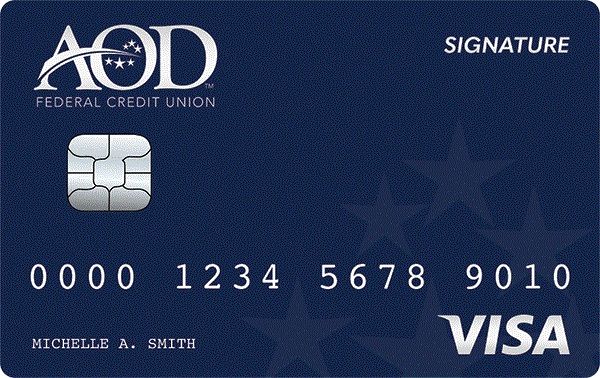





























- Mark as New
- Bookmark
- Subscribe
- Mute
- Subscribe to RSS Feed
- Permalink
- Report Inappropriate Content
Re: Why could you get a 2%+ cash back card 10+ years ago with lower interest rates than today's card
Banks don't have the flexibility to adjust APRs on the fly anymore. Couple that with the fact that currently, they're seeing the least amount of borrowers carrying a balance than ever before, they're starting everyone at higher APRs to help offset the loss. In addition, it helps to pay for the sign up bonuses and 0% offers that are used to entice and retain people that don't carry a balance.


- Mark as New
- Bookmark
- Subscribe
- Mute
- Subscribe to RSS Feed
- Permalink
- Report Inappropriate Content
Re: Why could you get a 2%+ cash back card 10+ years ago with lower interest rates than today's card
The 2% card I had then was the Fidelity Amex (and I don't recall the APR!) At that time, one common explanation, and why the Citi DC couldn't possibly survive, was that Amex had higher swipe fees which helped pay for the higher rewards. Obviously doesn't apply to your other examples!
My guess is that as high rewards cards became more common, banks compete on rewards (amount and coverage) aware that most people don't consider APR when making decisions. So lack of downward pressure?
After all, as OP knows better than most, there is still a huge variation in APRs for similar types of cards, and you can still get "lowish" APRs on half-way decent reward cards, as well as much higher rates. So maybe more what the market will bear.
- Mark as New
- Bookmark
- Subscribe
- Mute
- Subscribe to RSS Feed
- Permalink
- Report Inappropriate Content
Re: Why could you get a 2%+ cash back card 10+ years ago with lower interest rates than today's card
In general rewards were not nearly as rich 10 years ago as they are now, as you note; most cards were a flat 1%. There wasn't much incentive to hold a ton of cards as they were all basically the same.
My guess is that few 2% cards with low APRs were outliers. 10 years ago, the rewards CC market/"game" was even smaller than it is now, so the number of people taking advantage of it was probably really small. Nowadays, with forums, blogs, social media, etc, blowing up the CC game, people are getting wiser about it. It's also just getting more publicity. A bank can't afford to give 2% rewards plus a super low interest rate. They offer the 2%, but a higher APR on the hopes that some people will float a balance.
- Mark as New
- Bookmark
- Subscribe
- Mute
- Subscribe to RSS Feed
- Permalink
- Report Inappropriate Content
Re: Why could you get a 2%+ cash back card 10+ years ago with lower interest rates than today's card
The concept of using your card to pay for everything and then paying it off in full before the statement date is relatively new. A decade ago, most people were still paying for their power, phone, rent, and big bills like that by check, or direct bank payments. This left cards to be used for little everyday things that gave the banks transaction fees, and big purchases that usually gave banks interest payments. They need to offset the smarter consumer somehow, hence higher starting rates.
- Mark as New
- Bookmark
- Subscribe
- Mute
- Subscribe to RSS Feed
- Permalink
- Report Inappropriate Content
Re: Why could you get a 2%+ cash back card 10+ years ago with lower interest rates than today's card
The prime rate has gone up since 10 years ago (although only a couple of percentage points). The prime rate influences variable interest rate loans.
One other person made a good point... Banks cannot adjust interest rates "on the fly" as much as they used to be able to.
I also have a feeling banks use higher interest rates now to offset the losses from debit card usage fees and the increase in rewards payments. Banks encourage the use of credit cards because they aren't regulated by Dodd-Frank and the swipe fees are often higher, plus the obvious interest and annual fee revenue. Banks also added an increase in rewards to make credit cards look "awesome," which in reality, it's a simple marketing tactic. Once credit cards became the main card revenue source for banks (after debit cards have basically become useless revenue sources for banks), something had to push their use more, and then competition heated up so we have what we have now.
With that said, if we ever saw a cap in interchange rates on credit cards, your credit card will become even more expensive and less rewarding. We'll end up like Canada where a card that pays out a rewards rate of 0.25% in cash back is considered normal. The banks and consumers would be losers, while the merchants would come out ahead - which is why I'm totally against regulating payment cards.
- Mark as New
- Bookmark
- Subscribe
- Mute
- Subscribe to RSS Feed
- Permalink
- Report Inappropriate Content
Re: Why could you get a 2%+ cash back card 10+ years ago with lower interest rates than today's card
Swipe fee revenue has decreased in recent years, driven in part by litigation.
Also, the number of credit cards in the market are also much higher than before. That means people are less likely to put most or all of their spending on just a few cards.
There's also the fact that more people are now using credit cards than before, including the higher tier rewards cards. It used to be that many people used cash for small purchases and the majority of the people had vanilla credit cards with little or no rewards. More premium cards were restricted to people with great credit and higher incomes and things like "gold" or "platinum" cards actually meant something about your value as a customer.
- Mark as New
- Bookmark
- Subscribe
- Mute
- Subscribe to RSS Feed
- Permalink
- Report Inappropriate Content
Re: Why could you get a 2%+ cash back card 10+ years ago with lower interest rates than today's card
Merchants just increase cost of the good to offset transaction fees. Only people who win in the states are the banks and that is because they can lobby to not get laws passed like they have in Canada. I'd gladly pay 3% less on everything and have a card with .25% rewards.


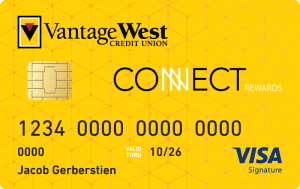
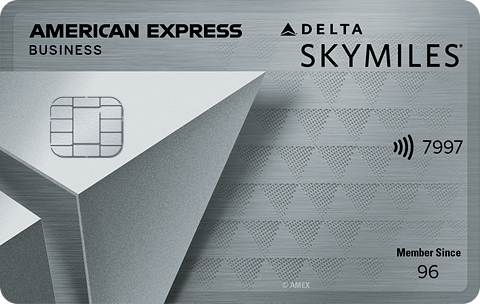

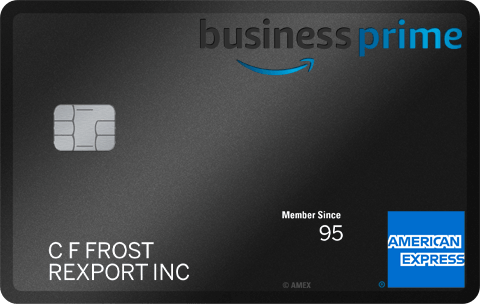
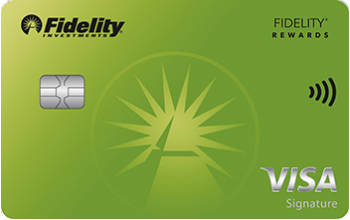
- Mark as New
- Bookmark
- Subscribe
- Mute
- Subscribe to RSS Feed
- Permalink
- Report Inappropriate Content
Re: Why could you get a 2%+ cash back card 10+ years ago with lower interest rates than today's card
Ten years ago, we were in the "Great Recession." I'm guessing banks were trying to entice those with good credit into running up a balance and also were cracking down on those with bad credit.
Credit Cards (newest to oldest): NFCU VISA Platinum $25,000 | BECU Cash Back VISA $10,000 | American Express BCE $9000 | Simmons Bank VISA $7500 | Capital One Quicksilver VISA Platinum (PC/upgrade from No Hassle Miles Rewards VISA Platinum) $500
- Mark as New
- Bookmark
- Subscribe
- Mute
- Subscribe to RSS Feed
- Permalink
- Report Inappropriate Content
Re: Why could you get a 2%+ cash back card 10+ years ago with lower interest rates than today's card
@digitek wrote:
"The banks and consumers would be losers, while the merchants would come out ahead - which is why I'm totally against regulating payment cards."
Merchants just increase cost of the good to offset transaction fees. Only people who win in the states are the banks and that is because they can lobby to not get laws passed like they have in Canada. I'd gladly pay 3% less on everything and have a card with .25% rewards.
That isn't how it works. Merchants will just earn 3% more profit than before. Banks won't win because their interchange fees will go down and their cards will look less exciting to use.
The customers and the banks win in the states... Currently the credit card game is somewhat how a free market should be.